When we think of intelligence, we often measure it by human standards—problem-solving skills, memory, communication, and emotional awareness.

However, intelligence in the animal kingdom takes many forms, some of which challenge the way we define cognitive ability. From creatures that use tools to those that display empathy, cooperation, and even a sense of self, these animals prove that intelligence isn’t limited to humans.
Crows can solve complex puzzles and remember human faces.

Crows are often regarded as some of the most intelligent birds in the world, and for good reason. They can solve multistep puzzles, use tools, and even recognise human faces, remembering those who have treated them kindly or posed a threat. Studies have shown that crows can drop stones into water to raise the level and retrieve food, demonstrating problem-solving abilities on par with young children.
Their intelligence extends beyond tools; they communicate through complex vocalisations, hold funerals for their dead, and teach problem-solving skills to younger birds. This level of cognition proves that intelligence isn’t exclusive to mammals, and that birds have far more complex thinking abilities than we once assumed.
Octopuses are master escape artists and tool users.

Octopuses have long fascinated scientists with their extraordinary problem-solving skills and adaptability. These cephalopods can open jars, escape from enclosures, and even use tools, such as carrying coconut shells to use as shelters. Some have been observed stacking rocks to block the entrances of their dens for protection.
What’s even more remarkable is that octopuses demonstrate playfulness, an indicator of higher intelligence. They also have distributed intelligence, meaning their arms can process information independently from their central brain. This decentralised way of thinking makes them uniquely intelligent and allows them to react to their surroundings with incredible precision.
Dolphins have names and use sophisticated communication.
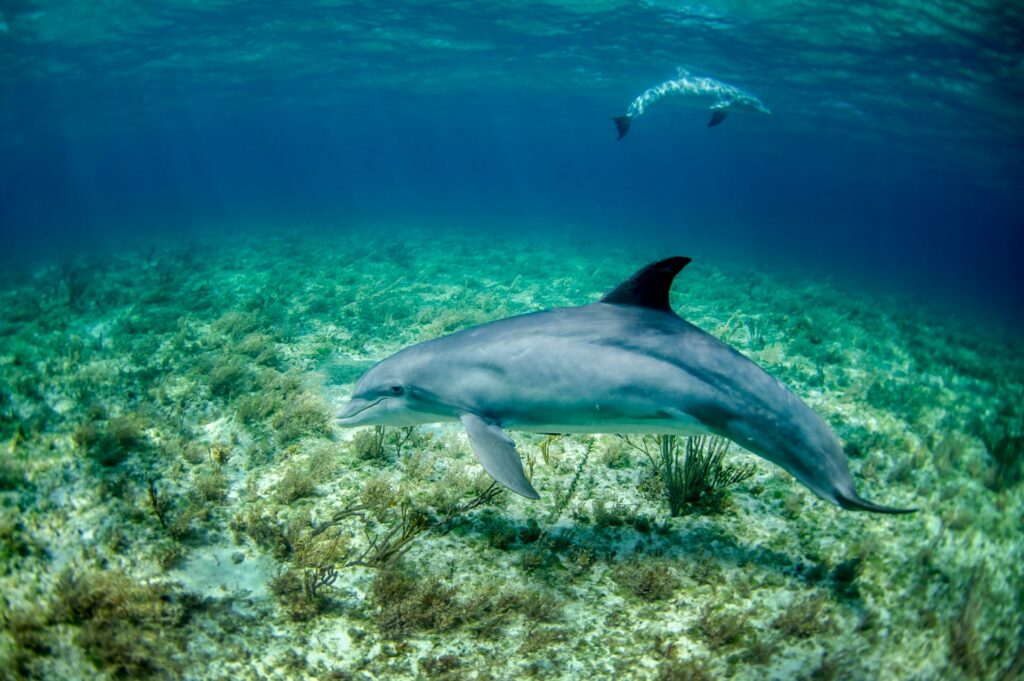
Dolphins are widely recognised as one of the most intelligent marine species, with complex social structures, problem-solving skills, and the ability to recognise themselves in mirrors—a trait associated with self-awareness. One of the most fascinating discoveries about dolphins is that they have unique “names,” or signature whistles, which they use to identify each other.
They have also been observed teaching hunting techniques to younger dolphins, playing for fun, and even cooperating with humans in fishing efforts. Their ability to learn and adapt to new environments makes them one of the most cognitively advanced species in the ocean.
Elephants display empathy and mourn their dead.

Elephants are known for their deep emotional intelligence, strong memory, and problem-solving abilities. They have been observed comforting distressed members of their herd, using tools to access food and water, and even recognising their own reflection—a rare sign of self-awareness.
One of the most touching displays of intelligence is their mourning behaviour. Elephants will return to the bones of deceased herd members, gently touching them with their trunks and sometimes staying near them for extended periods. This recognition of death and grief suggests an understanding of loss, a trait previously thought to be unique to humans.
Rats show empathy and can make decisions based on emotions.
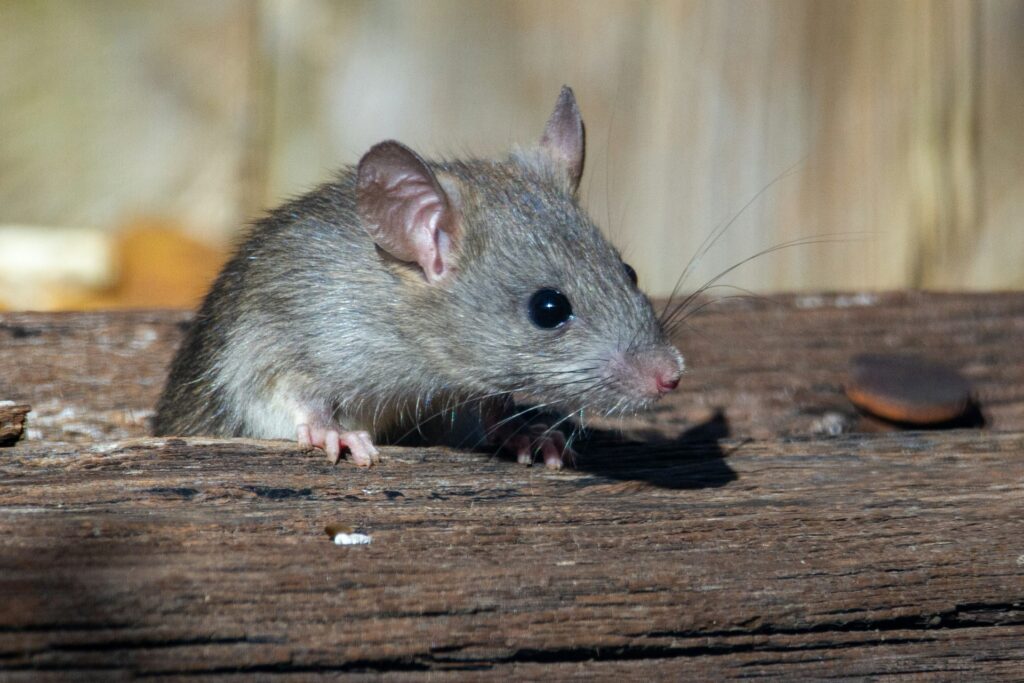
Despite their small size, rats are remarkably intelligent animals capable of empathy, social bonding, and problem-solving. In laboratory studies, rats have been shown to help free their trapped companions, even when given the option of a food reward. This suggests they value companionship over personal gain.
Rats can also learn complex tasks, navigate mazes efficiently, and remember solutions for long periods. Their ability to make decisions based on both instinct and past experiences challenges the assumption that only larger-brained animals are capable of deep thinking.
Chimpanzees plan for the future and use weapons.
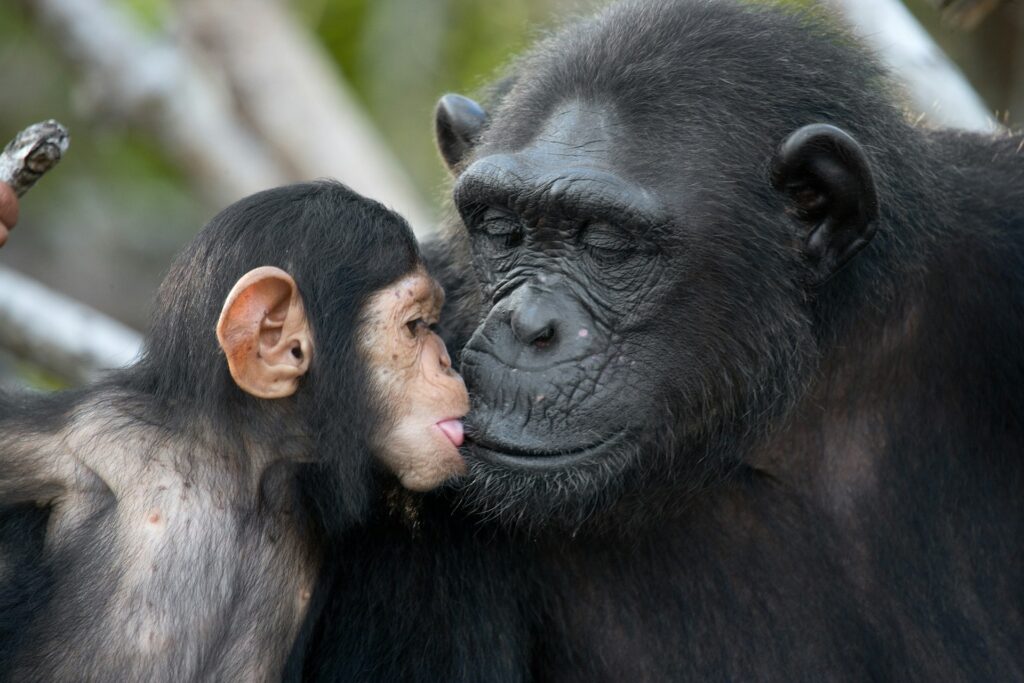
Chimpanzees, our closest living relatives, exhibit intelligence in ways that closely mirror human behaviour. They have been observed using sticks to extract termites from mounds, crafting spears to hunt small animals, and even fashioning leaves into sponges to collect water.
What’s even more surprising is their ability to plan for the future. Some chimpanzees have been seen stockpiling rocks to use as weapons against rival groups, demonstrating foresight and strategic thinking. Their ability to learn, imitate, and innovate suggests that human intelligence evolved from deeply rooted traits within the primate family.
Pigs can use mirrors to find hidden food.
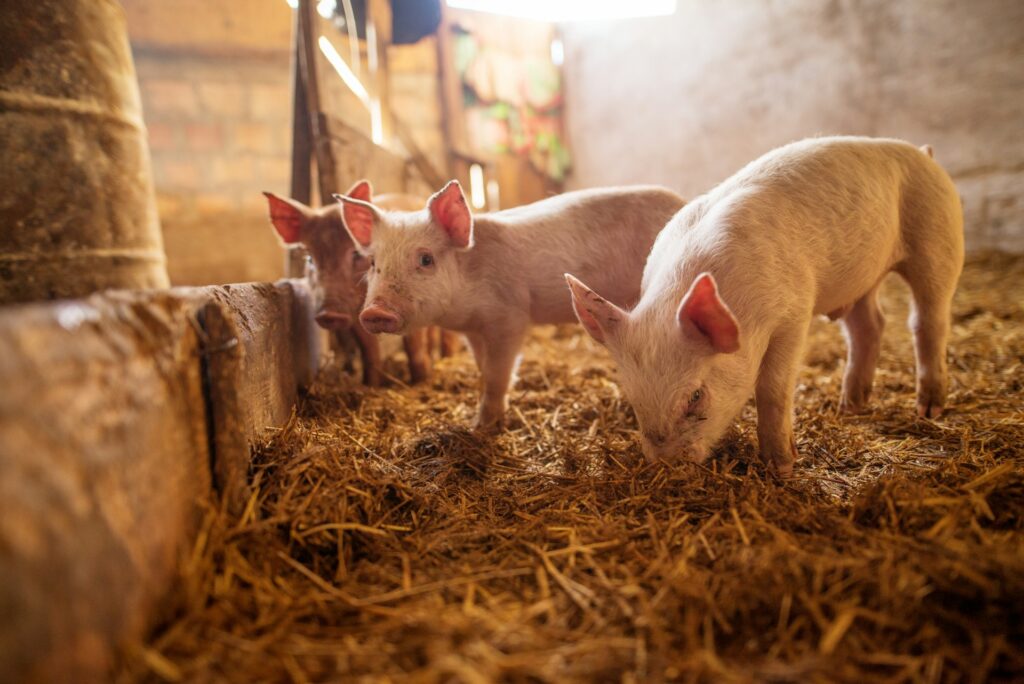
Pigs are often underestimated when it comes to intelligence, but research has shown that they are among the smartest domesticated animals. They have excellent memories, can navigate mazes, and even understand how mirrors work.
In studies, pigs have used mirrors to locate hidden food, a skill that requires an understanding of reflection—a concept that not all animals grasp. They also exhibit emotional intelligence, forming strong social bonds and showing distress when separated from their group.
Parrots can understand words and hold conversations.

Parrots are famous for their ability to mimic human speech, but some species, like the African grey parrot, take it a step further by actually understanding words. The famous African grey parrot, Alex, demonstrated that parrots don’t just repeat sounds; they comprehend meaning, can count, and even express preferences.
Alex could identify objects by colour, shape, and material, proving that parrots are capable of abstract thought. Other parrots have been observed using tools and communicating in ways that suggest a deeper understanding of their environment than previously thought.
Orangutans learn from observation and can use tools.
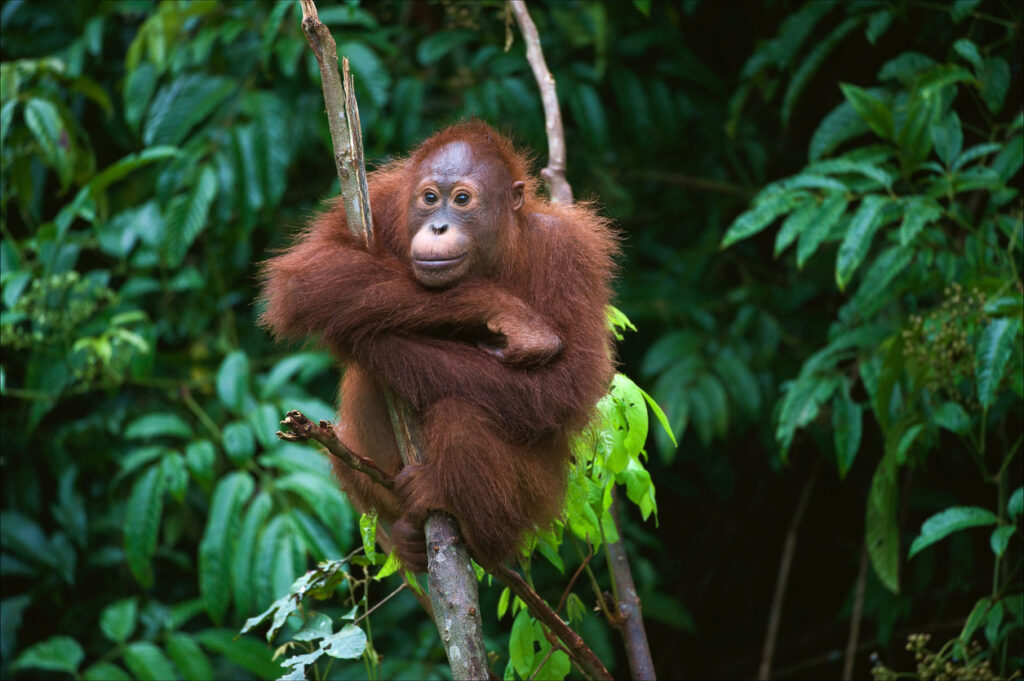
Orangutans are among the most intelligent primates, known for their ability to use tools, solve problems, and learn by watching others. In the wild, they have been observed using leaves as umbrellas, crafting sticks to extract honey, and even washing their food before eating.
Their intelligence is not just mechanical; they also display deep social bonds and even deception. Some have been known to trick rivals by pretending to stash food in one place while secretly hiding it somewhere else. This level of strategic thinking demonstrates that their intelligence is not just instinctual, but also highly adaptable.
Cuttlefish use deception to outsmart predators and mates.
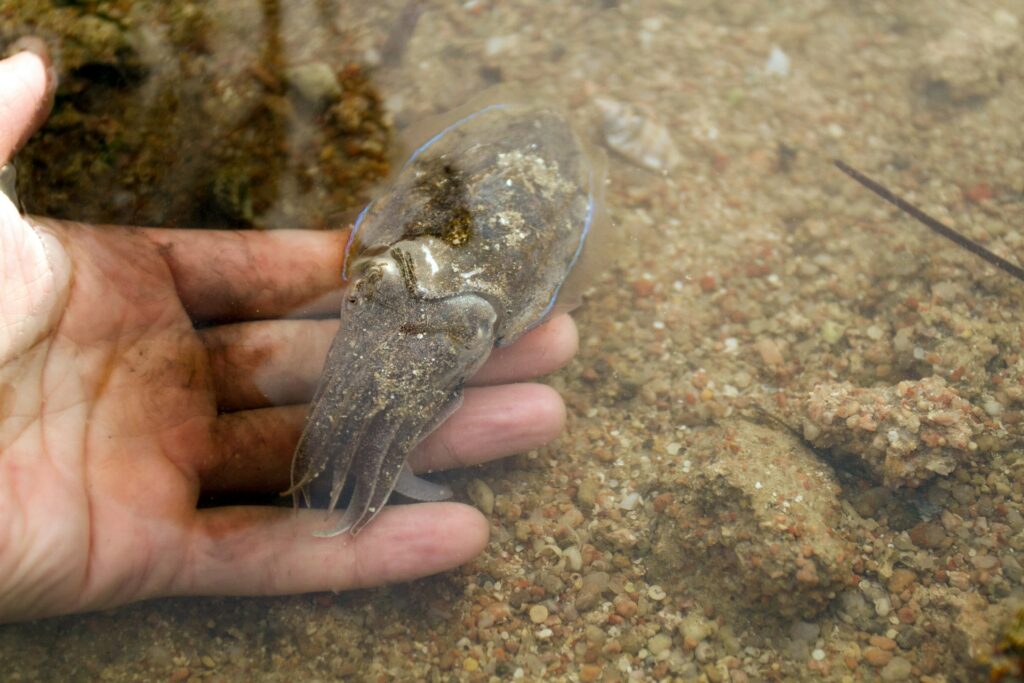
Cuttlefish, relatives of octopuses and squids, possess some of the most advanced camouflage abilities in the animal kingdom. They can change colour, texture, and even patterns instantly to blend into their surroundings. However, their intelligence goes beyond camouflage; they also use deception in social situations.
Male cuttlefish have been observed disguising themselves as females to sneak past dominant males and mate with actual females unnoticed. This level of trickery requires an understanding of social dynamics, making them one of the most intelligent invertebrates in the ocean.
Dogs can read human emotions and learn hundreds of words.

Dogs have been living alongside humans for thousands of years, and their intelligence is deeply intertwined with their ability to understand and respond to human emotions. Studies have shown that dogs can read facial expressions, sense changes in human moods, and even learn hundreds of words.
Some breeds, like border collies, can remember the names of hundreds of objects and retrieve them on command. Dogs also display problem-solving skills, cooperation, and even a sense of fairness—traits that demonstrate their advanced cognitive abilities.
Spiders can count and plan their attacks.
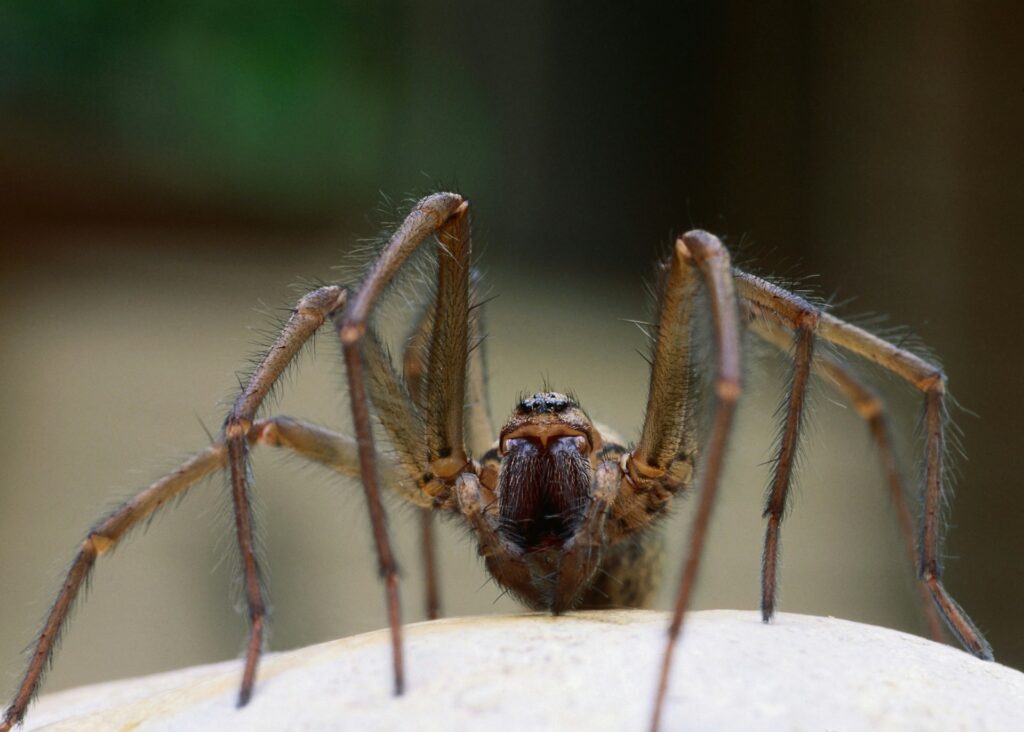
While spiders might not seem like the smartest creatures, some species, such as the Portia jumping spider, have shown remarkable problem-solving skills. These spiders hunt other spiders by planning their attacks in advance, using stealth and strategy instead of brute force.
Experiments have shown that they can count, recognise patterns, and even learn from past experiences. Their ability to think ahead and adjust their hunting strategies challenges the assumption that intelligence only exists in larger-brained animals.
Intelligence in nature takes many forms.

The animals on this list prove that intelligence isn’t just about brute strength or survival instincts; it’s about adaptability, communication, and problem-solving. Whether it’s an octopus escaping a sealed jar, a crow using tools, or a parrot understanding words, these creatures demonstrate cognitive abilities that rival our own in surprising ways.
As we continue to study the minds of animals, we’re learning that intelligence comes in many different forms. These discoveries challenge our traditional views of what it means to be “smart” and remind us that the animal kingdom is far more complex than we once thought.